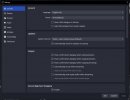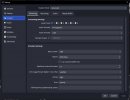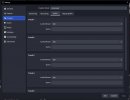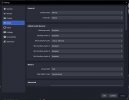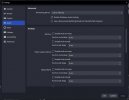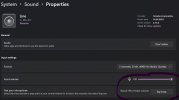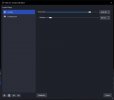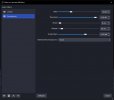Hi Guys, this may be lengthy, please bare with me.... Running Windows 11 Pro, 16 meg ram on an I5 processor. Using OBS to Facebook Live Stream. Audio input is a Yamaha MG10XU through a USB connection. (I think this is where my issue is). Inputs to the mixer are 2 microphones and a line in from a second PC which supplies the music audio for the tracks. The issue I am having on my live stream is low volume sound and also poor quality (compared to others using the same setup). I do have sound, but low volume. When using headphones (connected to the mixer), the sound is fine. The LED's are sitting between 0 - +6 and the sound is great, however (compared to others using the same) my streaming audio is low. I went into sound settings on the PC and did a microphone test (Yamaha Mixer through USB) and I am only getting a maximum of 16% with every slider control in Audio Settings set top maximum. I have changed USB cable, updated drivers, Even tried it on another computer using USB cable with low volume again. Not sure if this is a setting in OBS / Windows or what. I will post several screen capture shots also. I am using a Limiter and a Compressor Filter, but I have found that by adding a Gain filter, it only causes distortion and even poorer quality. Any help on this low volume streaming issue will be greatly appreciated.
Log File https://obsproject.com/logs/VQdv2wHzRKF2mP8t
Log File https://obsproject.com/logs/VQdv2wHzRKF2mP8t
Attachments
Last edited:
